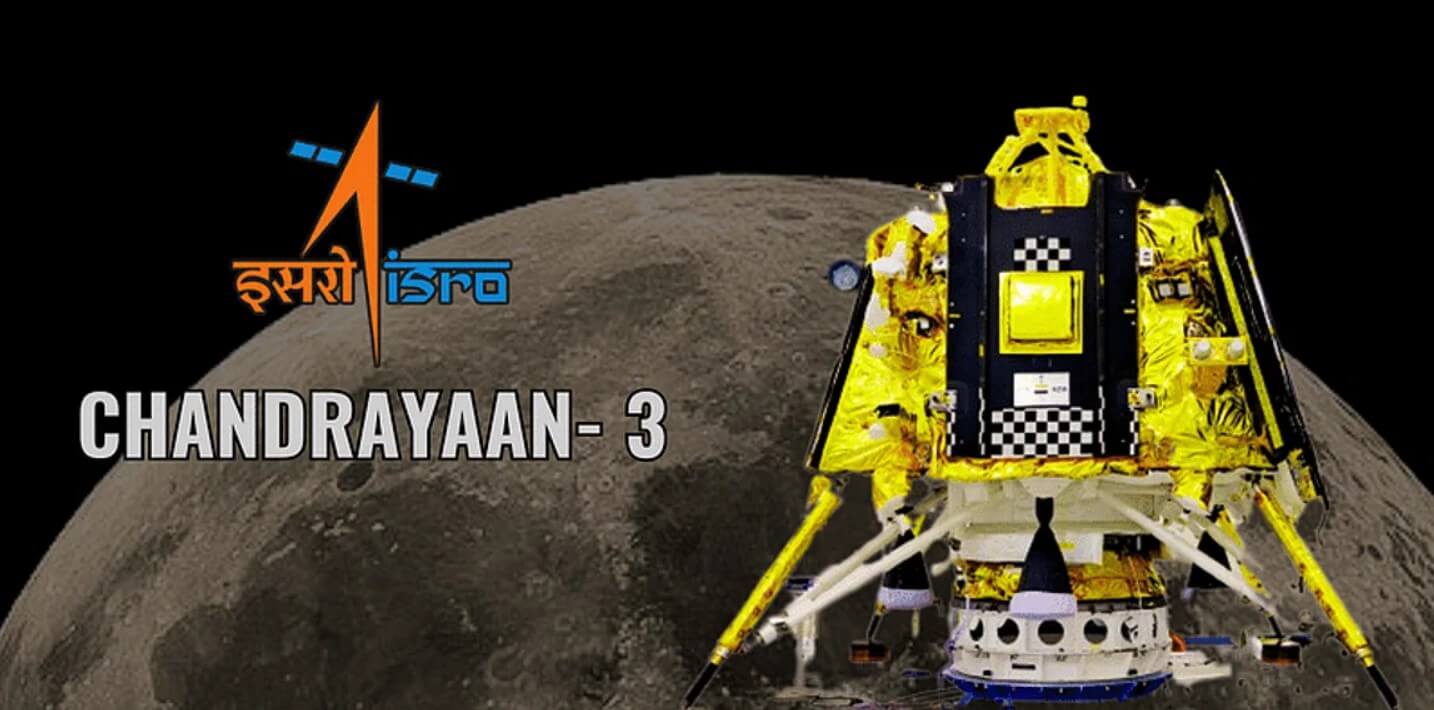India's Chandrayaan-3 Moon Landing Successful

In a resounding triumph of scientific innovation and human exploration, India's space agency, the Indian Space Research Organisation (ISRO), has achieved yet another milestone with the successful landing of Chandrayaan-3 on the Moon's surface. This remarkable achievement not only underscores India's growing prowess in the field of space exploration but also adds a new chapter to the global journey of unraveling the mysteries of the cosmos.
A Brief Overview of Chandrayaan Missions
The Chandrayaan missions, named after the Sanskrit word for "mooncraft," have been a testament to India's ambition to explore beyond our planet's confines. Chandrayaan-1, launched in 2008, was India's first lunar probe and played a pivotal role in discovering water molecules on the Moon's surface, fundamentally changing our understanding of Earth's closest celestial neighbor. Chandrayaan-2, launched in 2019, comprised an orbiter, lander, and rover, and though the lander Vikram did not successfully perform a soft landing, the orbiter continued to provide valuable data about the Moon.
The Resilience of Chandrayaan-3
[embed]https://www.youtube.com/watch?v=DLA_64yz8Ss[/embed]
Chandrayaan-3, conceptualized as a follow-up to Chandrayaan-2, was a determined response to the challenges faced during the latter mission. The primary goal of Chandrayaan-3 was to perfect the art of soft landing on the Moon's surface, a crucial step for future lunar exploration missions. Learning from the experiences of Chandrayaan-2, ISRO engineers meticulously reviewed and revised the landing mechanism to ensure a higher probability of success.
One of the standout features of Chandrayaan-3 was its robustness. The mission was designed with a 'fail-safe' approach, integrating redundant systems and backup mechanisms to mitigate potential issues. This redundancy not only demonstrated ISRO's commitment to a successful landing but also showcased the agency's adaptability and willingness to learn from setbacks.
Technological Innovations Leading to Success
At the heart of Chandrayaan-3's success were several technological innovations that marked a leap forward in India's space capabilities. The propulsion systems used in the mission were engineered to provide precise control during the descent phase, ensuring a gentle landing on the Moon's surface. Additionally, advancements in guidance and navigation systems played a pivotal role in autonomously steering the spacecraft toward its intended landing site, enhancing the precision of the landing.
Another critical innovation was the improved communication infrastructure between the lander and the orbiter. The orbiter acted as a relay station, facilitating real-time communication between the lander and mission control on Earth. This seamless connectivity not only allowed for continuous monitoring of the mission but also provided a backup link in case of any unforeseen challenges during the descent.
Global Significance and Collaborative Spirit
The success of Chandrayaan-3 extends beyond national pride; it is a testament to the collaborative spirit that defines the global space community. As humanity ventures further into space, international collaboration becomes increasingly essential. ISRO's achievements open avenues for cooperative efforts, knowledge sharing, and joint missions with other space agencies, fostering a sense of unity in our collective pursuit of understanding the cosmos.
Furthermore, Chandrayaan-3's success adds to the growing body of knowledge about the Moon, a celestial body that has intrigued and inspired humanity for centuries. With each mission, we inch closer to unlocking its geological history, unraveling its mysteries, and uncovering the potential it holds for scientific research and space exploration.
Inspiring the Next Generation
One of the most profound impacts of Chandrayaan-3's success is its potential to inspire the next generation of scientists, engineers, and explorers. As images of the Moon's surface captured by the lander's cameras are shared with the public, young minds will be captivated by the beauty and wonder of space. This could ignite a spark of curiosity, encouraging more students to pursue careers in science, technology, engineering, and mathematics (STEM) fields.
ISRO's achievements also serve as a reminder that success in the field of space exploration requires perseverance, dedication, and a willingness to learn from both triumphs and setbacks. These values can be imparted to young minds, nurturing a resilient and innovative spirit that will be crucial in addressing the challenges of the future.
Future Prospects and Beyond
Chandrayaan-3's successful landing paves the way for an exciting array of future prospects in space exploration. As ISRO continues to refine its capabilities, the possibility of more ambitious lunar missions, such as sample return missions or establishment of lunar bases, becomes increasingly feasible. Additionally, the technologies developed for Chandrayaan-3 have the potential to be adapted for other space missions, ranging from Mars exploration to interplanetary travel.
Furthermore, India's achievements in space exploration have the potential to contribute to global efforts in understanding Earth's climate, managing natural resources, and monitoring environmental changes. The same technologies that enable Chandrayaan missions can be repurposed for Earth observation satellites, enhancing our ability to address pressing global challenges.
Conclusion
India's successful landing of Chandrayaan-3 on the Moon marks a historic achievement that resonates far beyond the realm of space exploration. It signifies the triumph of human ingenuity, perseverance, and innovation. The mission's success underscores ISRO's commitment to pushing boundaries and contributing to our understanding of the cosmos.
As we celebrate this achievement, it is important to recognize the collaborative nature of space exploration and its potential to inspire future generations. Chandrayaan-3's success serves as a beacon of hope and possibility, reminding us that with determination and a shared vision, humanity can achieve remarkable feats that were once considered impossible. This triumph is not just India's; it belongs to all of us who are united in our curiosity and quest to explore the unknown.





